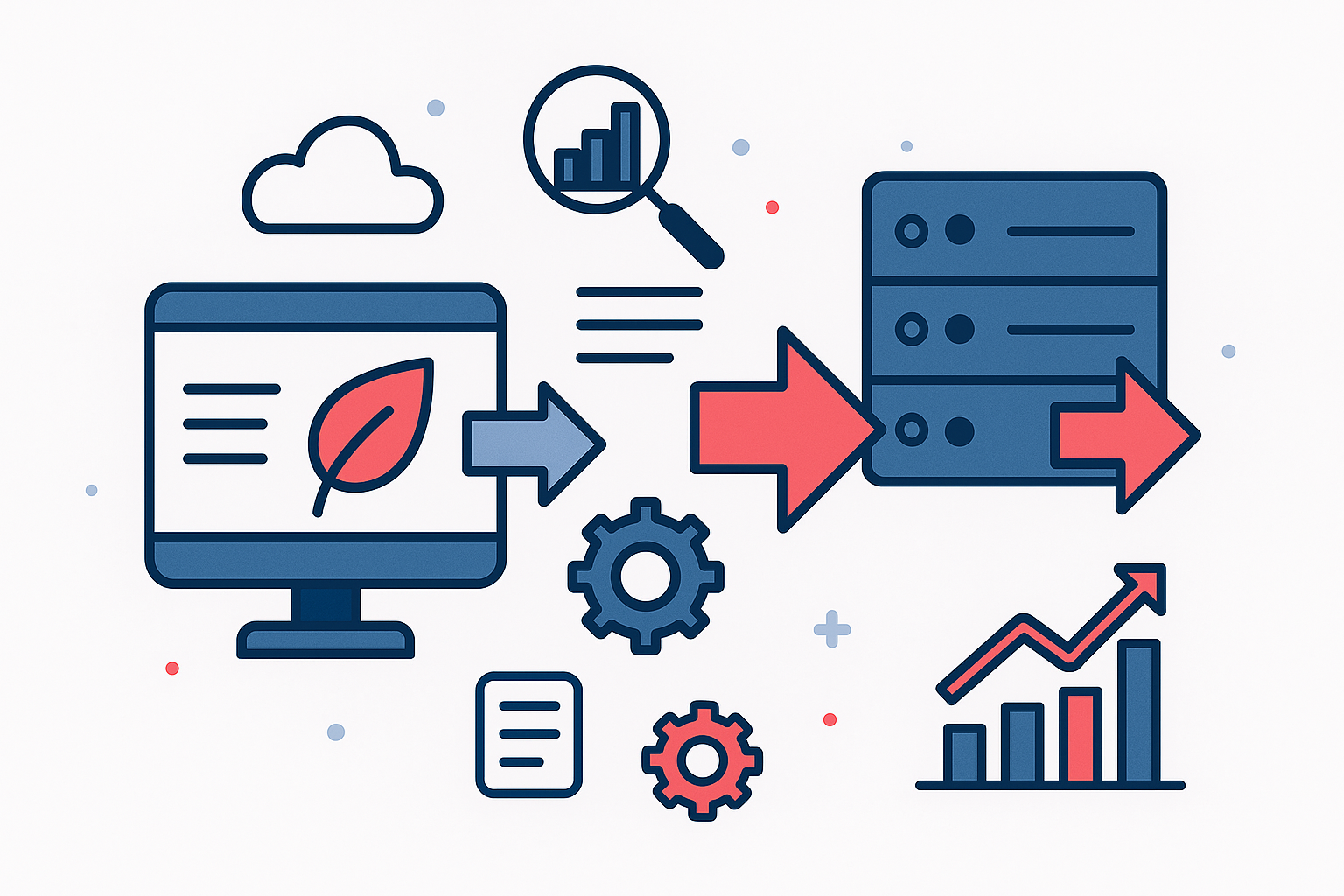In the previous episode, we tackled unnecessary images, videos and fonts to make our pages more streamlined.
But behind every click, every display, there are also... calculations.
And these calculations are done somewhere.
📍 Sometimes on your device (the front end, browser side)
🖥️ Sometimes on our servers (the back end, infrastructure side)
So where should treatments be placed to reduce their impact?
Answering this question? It's a mission tailor-made for Fabien and Jody, who rolled up their sleeves to shed light on these invisible mechanics.
But behind every click, every display, there are also... calculations.
And these calculations are done somewhere.
📍 Sometimes on your device (the front end, browser side)
🖥️ Sometimes on our servers (the back end, infrastructure side)
So where should treatments be placed to reduce their impact?
Answering this question? It's a mission tailor-made for Fabien and Jody, who rolled up their sleeves to shed light on these invisible mechanics.



